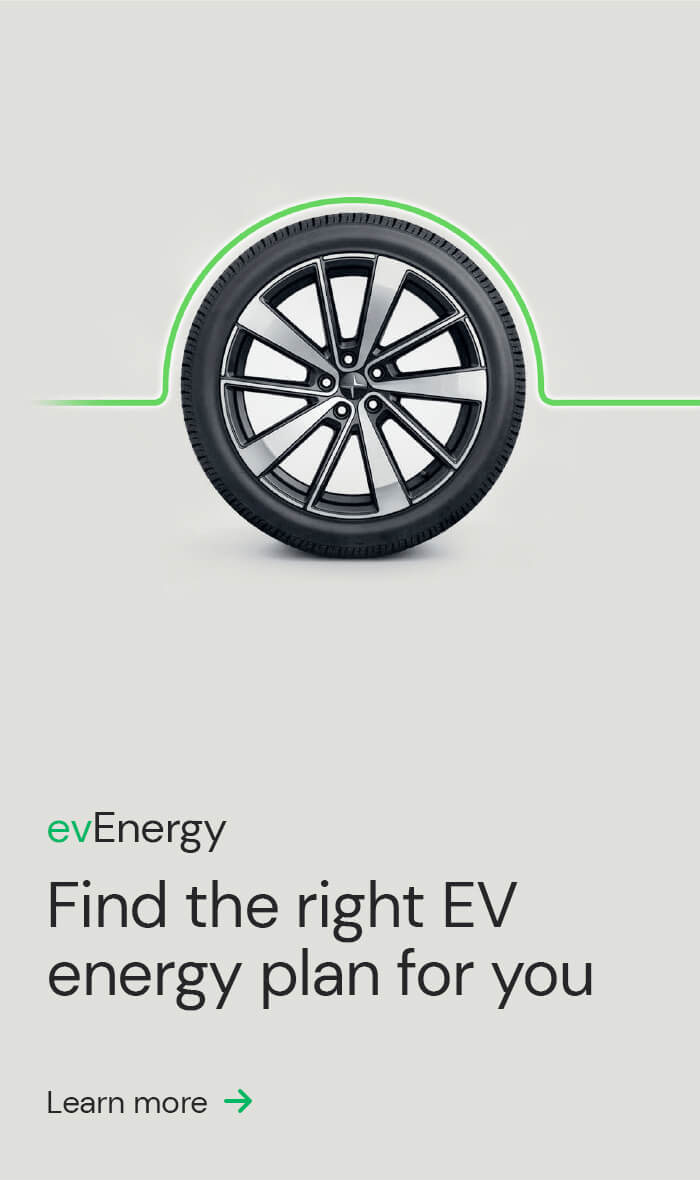As the automotive industry accelerates toward a more sustainable future, the array of vehicle options has become increasingly diverse. If you find yourself perplexed about the terms ‘hybrid’, ‘plug-in hybrid’, and ‘EV’, you may be wondering how they translate into real-world driving experiences.
By simplifying the jargon and decoding the technology, we unravel the intricacies of these green automotive options to help you find the one that best suits you.
Hybrids, plug-in hybrids and EVs: Their differences explained
The fundamental way these three types of vehicles differ is their power source. EVs rely solely on electricity and do not have an internal combustion engine. Hybrids have both an internal combustion engine and an electric motor, which is typically only used during slower speeds. Plug-in hybrids (or PHEVs) also have an internal combustion engine and an electric motor, however, the battery is the primary power source, and the engine only kicks in if the battery runs down.
In terms of range, hybrids have minimal electric-only range, usually only for short distances. PHEVs have a more substantial electric-only range, and EVs run entirely on electricity, offering a longer electric range. Only PHEVs and EVs can be charged externally when it comes to charging. Hybrids rely on regenerative braking to recharge their small onboard battery.
Which low-emission vehicle is right for me?
If you’re considering switching to eco-friendly driving, the choice between hybrid, plug-in hybrid and electric vehicles depends on certain factors. Things you can consider include your driving habits, commute distance and access to charging infrastructure.
For instance, hybrids are ideal for long-distance travellers, rural dwellers or those who want to improve fuel efficiency without changing their driving habits drastically. Often at lower price points, PHEVs are an excellent choice for budget-conscious shoppers or those who want a longer electric-only range yet still need the flexibility of a petrol engine.
EVs are the top choice for urban dwellers, daily commuters or those who prioritise emissions reduction and can accommodate their lifestyle around charging requirements.
What are the benefits of each type of low-emission vehicle?
Naturally, each vehicle type comes with its unique set of benefits. If environmental ones are front and centre of your mind, EVs are the greenest and most eco-friendly as they produce zero tailpipe emissions. EVs are followed by hybrids and PHEVs. According to a US MIT study, fully battery-electric vehicles create just 200 grams of CO2 per mile driven over their lifetimes, while hybrid and plug-in hybrid versions create around 260 grams.
As hybrids combine an internal combustion engine with an electric motor, this results in better fuel economy and reduced emissions compared to petrol-powered vehicles. They don’t rely on external charging, making hybrids great for areas with limited charging infrastructure, and their regenerative braking system extends brake life, reducing maintenance costs.
One of the top benefits of PHEVs is the flexibility they offer. As they can operate in electric-only mode or switch to the ICE for longer trips, PHEVs provide peace of mind for various driving scenarios. Furthermore, if you’re a driver who does short daily commutes, you can expect to make significant fuel savings.
EVs operate quietly, reducing noise pollution, which is perfect for urban environments. Their instant torque delivery provides an alluringly smooth and swift driving experience, making EVs enjoyable to drive. With lower operating costs and fewer maintenance needs (due to simpler drivetrains), EVs also offer you welcome long-term savings.
Summary
- Their power source is the main factor differentiating hybrids, plug-in hybrids and EVs.
- When deciding which type of low-emissions vehicle to switch to, consider your driving habits, commute distance and access to charging infrastructure.
- Over their lifetime use, EVs are the most environmentally friendly – releasing the least CO2 emissions – hybrids and PHEVs all come with their own sets of unique benefits too.
Are you considering making the switch to an electric vehicle? ActewAGL can help you effortlessly find, finance and charge your EV. Discover how ActewAGL can support your transition to sustainable driving today. Find out more here.
Sources
https://climate.mit.edu/ask-mit/are-electric-vehicles-definitely-better-climate-gas-powered-cars



